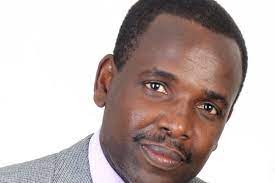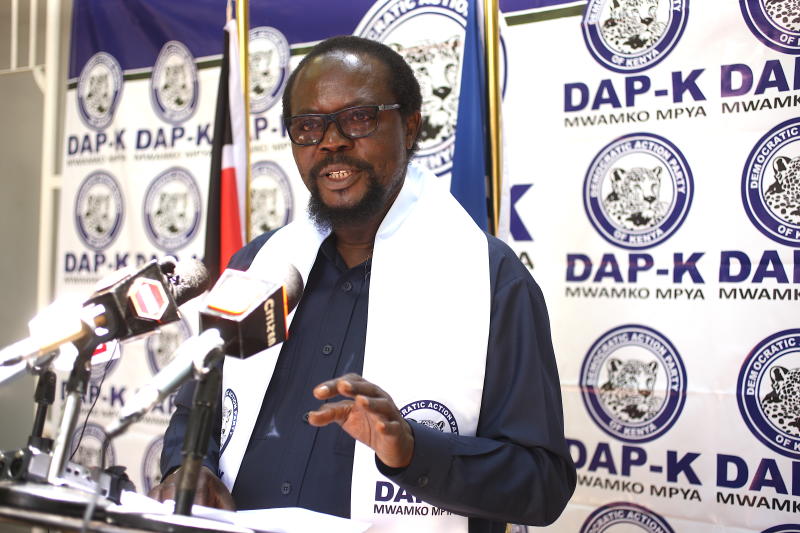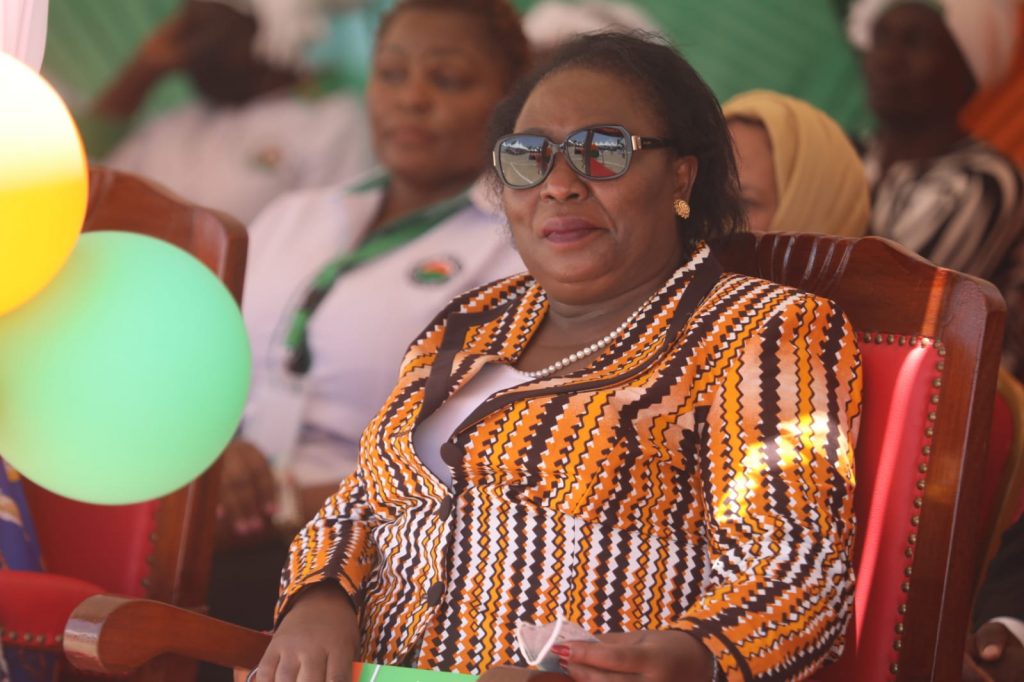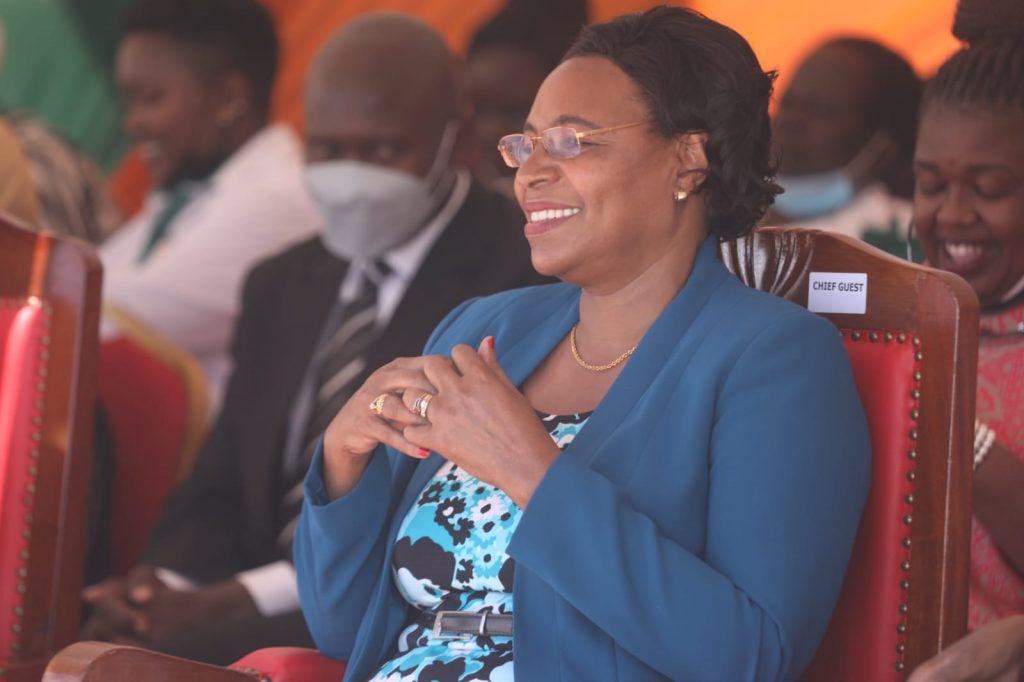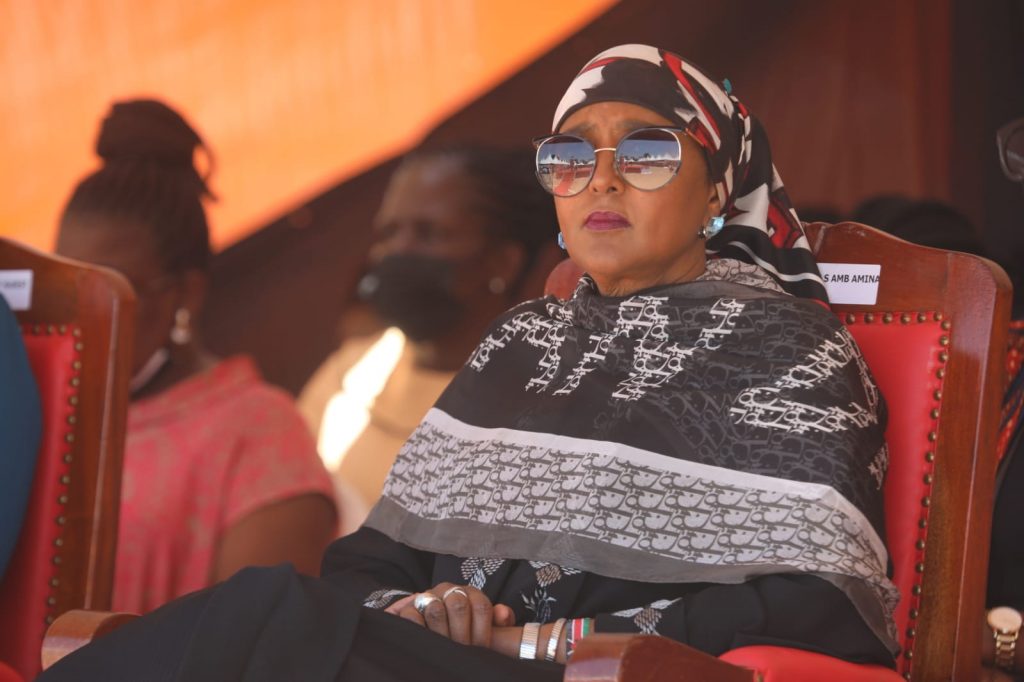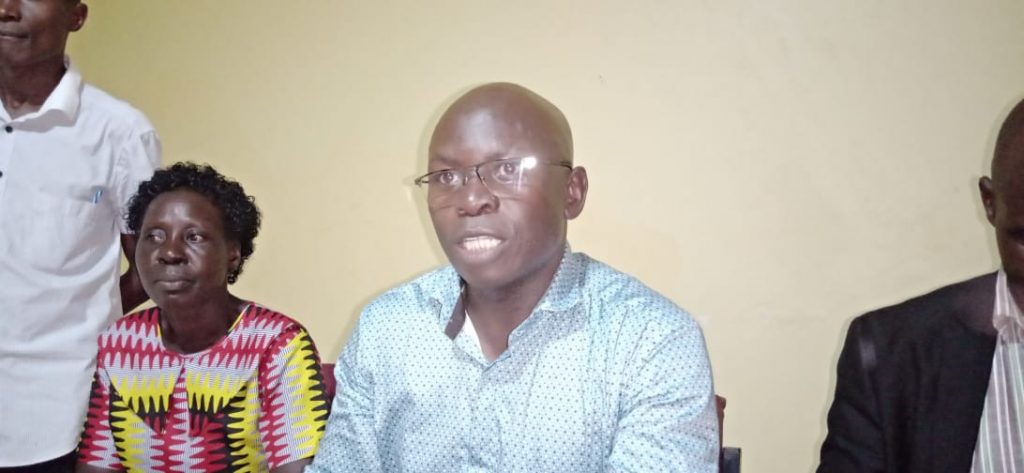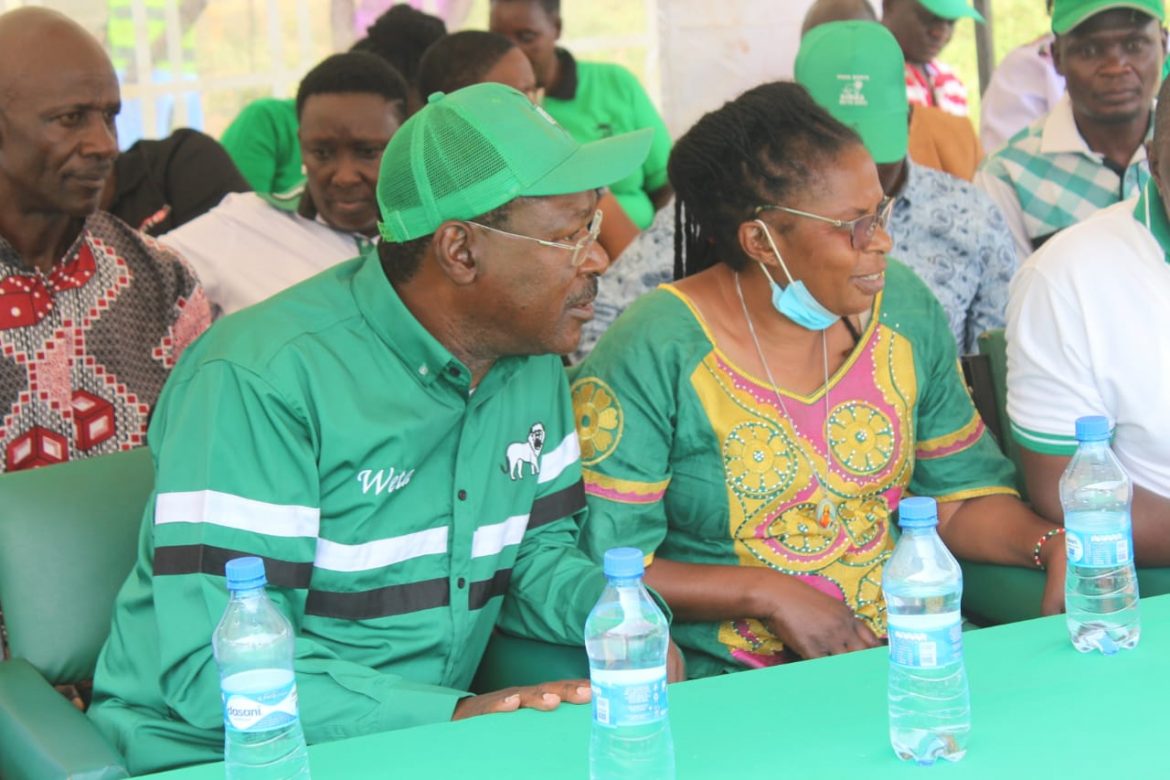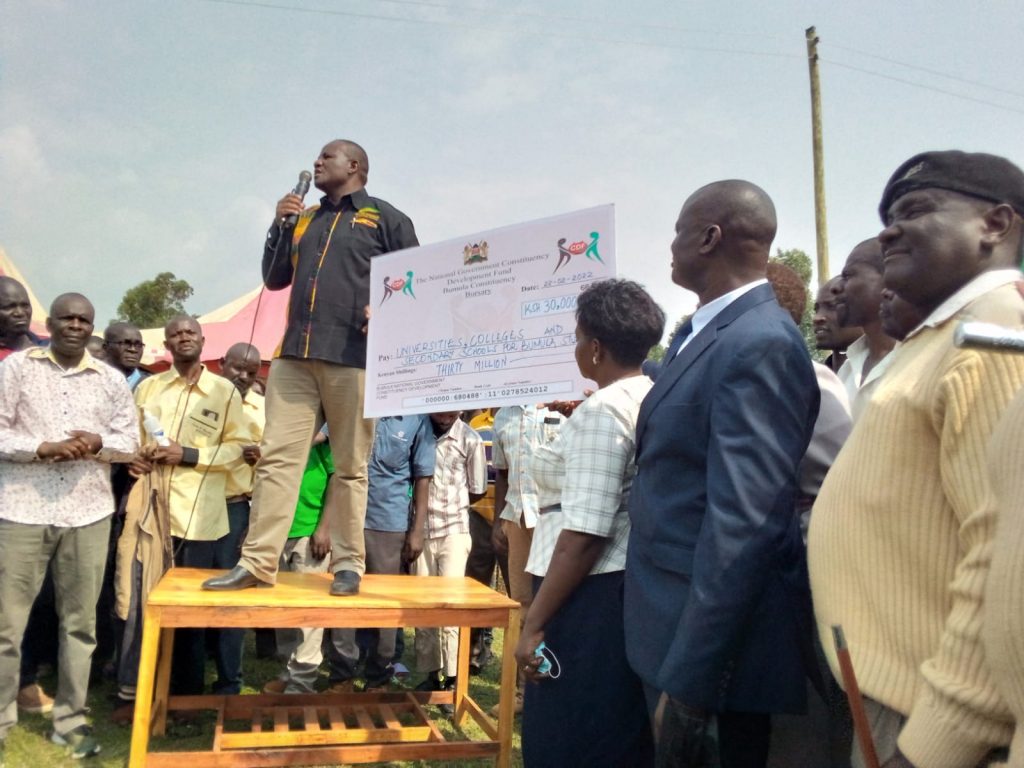Heads of government bodies are gradually attempting to extend their tenures when not working with sidekicks to get ‘some work’ once they get out of office.
Remember the case of Ezekiel Mutua when he was CEO at Kenya Film and Classification Board?
The man Kenyans nicknamed ‘Deputy Jesus Christ’ for playing moral police with content on television, allegedly tried arm-twisting the Board to extend his term in 2021?
In a letter to ICT Cabinet Secretary Joe Mucheru in July 2021, the State Corporations Advisory Committee (SCAC) said Mutua, had planned to extend his term in office, to serve a third term at the helm of KFCB.
He however dismissed the allegation terming it as sideshows. “I’m concentrating on my responsibility of protecting children from harmful content and I have no time for sideshows,” Mutua said, then.
More than that, the ‘Deputy Jesus’ was also accused by the Auditor General Nancy Gathungu of overpaying his salary by Sh3.1 million in 2020 without approval from the Salaries and Remuneration Commission (SRC).
A similar script could be playing out at the Kenya Year Book Editorial Board where the leadership of CEO, Edward Mwasi, is being questioned in some quarters.
Allegations against Mwasi include planning to plant stooges like Peter Okong’o as his possible successor.
Okong’o, who was laid off from mainstream media houses like The Standard over issues related to performance, was hired while another employee (with a Masters Degree) was laid off and has since taken legal action.
Other disgruntled parties who have threatened legal action include contracted writers like Francis Mwaniki, previously an experienced Revise Editor at the Daily Nation.
Mwaniki engaged lawyers over payments for editorial work done for the Kenya Year Book.
Furthermore,Mwasi hoodwinked Information Cabinet Secretary Joe Mucheru into appointing Wilson Kipkazi “a perennial member of many government boards” into the Board of Kenya Year Book despite having served his full term!
The move was illegal, and George Opiyo, a former hired insider has threatened to take legal action over the matter.
Other murmurs of discontent revolve around arm-twisting the procurement department into favouring specific service providers in publishing books.
Then there are some money-wasting and kickback-inspired projects meant to showcase milestones of President Uhuru Kenyatta’s Big 4 Agenda.
But the books being churned out by Kenya Year Book feature scanty research and are little more than an “internet compilation of other government reports.”
A source from the ministry of ICT, Innovation and Youth Affairs said; “Mwasi has created power structures within and outside the organization through which he fights employees and consultants perceived to know the end result of his machinations. Moreover, the Year Book has nothing other than some compilation of other government reports.”
The quality of content in this year’s Kenya Year Book, for one, has been singled out as being below par.
The 2021 Kenya Year Book, which is meant to summarize progress and opportunities in different key sectors of our country, is nothing but 300 pages of photos most of them downloaded from the internet!
It compares poorly to other Kenya Year Books before he took over as CEO.
Basically, the 2021 Kenya Year Book is nothing but a series of photos with deep captions!

